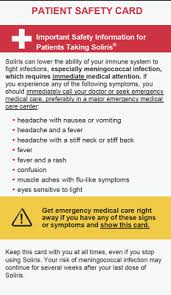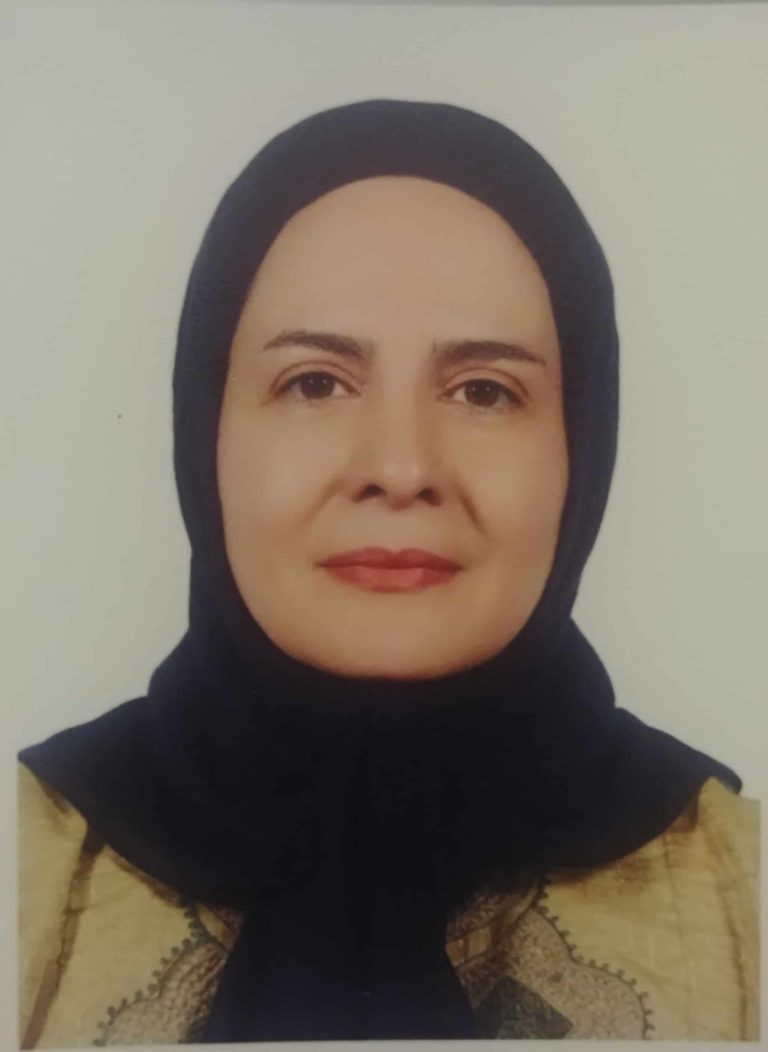The aHUS Patient community is becoming familiar with the fact that an incident of aHUS is a chance event which requires the coming together of an individual’s rare genetic predisposition in their Complement system , a breakthrough hit by one of many triggering factors , plus the modifying impact of another genetic factor, which either adds or protects an individual to ,or from, aHUS.
Patients are also becoming aware that genetic predisposition can be inherited either in families ,where the disease has prevailed over several centuries, or is just novel to an individual following their conception , a new genetic predisposing variant in their DNA.
Predisposition can also be acquired due to the “natural process “ of antibody creation in another part of the immune system. Specifically an autoimmune antibody which somehow makes perfectly effective Complement Factor H , CFH, not work properly. About 10% of all aHUS incidence seems to be due to such Factor H autoantibodies , or anti-FHs. This is something which rarely happens at all, maybe an annual incidence of 1 in 20,000,000 in the population , whereas all aHUS incidents are 1 in 2,000,000.
Yet more than 1 in 20 of the caucasian population will have acquired anti-FHs ,yet never experience aHUS. So what is different when it comes to aHUS patients?
For sometime it has been known that there is some correlation between those with anti-FHs and having some Factor H related bits of the complement system missing or “deleted”. These bits are named Complement Factor H Related (or CFHR) 1, 2, 3, 4 and 5. Not having some ,particularly CFHR1 , seems to be an issue.
But little is known about the mechanism for creating these antibodies which are a problem for those genetically suited in some way and what is the trigger or hit that can cause so much damage. Having no FHR1 alone is not enough .
Just recently a group of aHUS researchers from Italy including the team from the aHUS Expert Centre at the Mario Negri Institute of Research Bergamo. With Prof Giuseppe Remuzzi involved and also including Marina Norris and Elena Bresin (who the alliance met on its “whistlestop” tour in 2018 see article here) published* the results of studies of aHUS patients in the global HUS/TTP Registry ,the biggest and oldest such Registry for aHUS Research.
Although there are more than 1700 patients enrolled in the Registry , only 305 had donated blood samples on which to undertake this kind of research. Of the 305 , 30 were known to have had anti-FHs aHUS. Globally it is believed that around 10% of aHUS is down to anti-FHs, so this cohort appears quite representative.
Most were children ,median age 7.7 years, and 83% lacked FHR1. They were compared with a control group of 960 healthy adult subjects of whom 48 had FHR1 deficiency ( a “supercontrol ” group!).
The groups were tested for likely pathogenic ( i.e. disease causing ) variants (LPVs) in Complement and known implicated haplotypes ( more common variants) . There were several tests done in the laboratories and each is described in detail in the publication.
The tests and data
- confirmed not having FHR1 is strongly associated with anti-FHs aHUS,
- but showed anti-FHs can be found in people who have FHR1
- found anti-FHs aHUS patients have likely pathogenic variants in Complement,
- but that other immune mediated diseases do not significantly contribute to anti-FHs
- nor do the common complement variants ( haplotypes) increase the risk of anti-FHs aHUS, which is not the same as for non anti-FHs aHUS which is heavily influenced
- that anti-FHs target the “C” end of Complement Factor H and impaired its function
- did not clarify the mechanism that links lack of FHR1 to anti-FHs development,
- suggest microbes binding to CFH’s short consensus repeat (SCR) 20 , the end bit of the CFH string, could well start that ball rolling
- found the majority of anti FHs aHUS patients had common prodromal infections , mostly respiratory or gastro intestinal
- and developed the disease between 4 and 12 years of age, the peak incidence of such common infections
- suggest a “two hit” model that the infections cause autoimmunity in those with the right genetic background
Anti-FHas aHUS is being seen as a disease within a disease.
It has its own synergistic way of manifesting. LPVs alone occasionally , sometimes Anti-FHas alone but frequently and powerfully together depending on type of mutation and level of antibodies ( more than 1000 AV/mL). Most likely to be acquired at the time in childhood when common infections are at their highest and can kick off the antibody development in those individuals whose Complement is genetically predisposed.
The prevalence of anti-FHs aHUS in India is much higher than western countries. Why that may be so needs further research?
All of which contributes more answers to the aHUS Patients Research Agenda topic “Are the predisposing genetic and triggering factors of aHUS fully catalogued and understood and will it help to know how variable are the risks of these between individuals?”
*The full publication can be read here.


